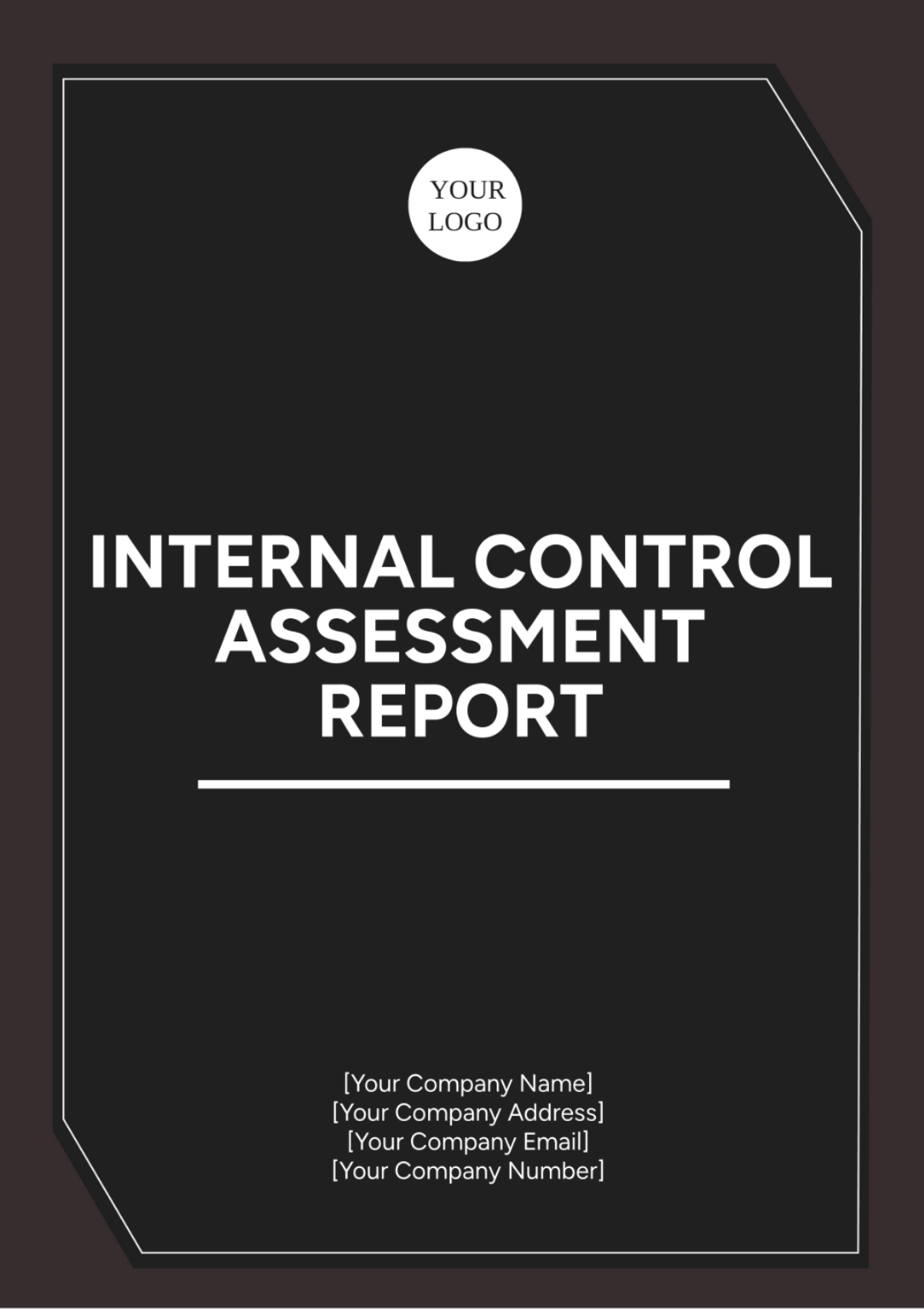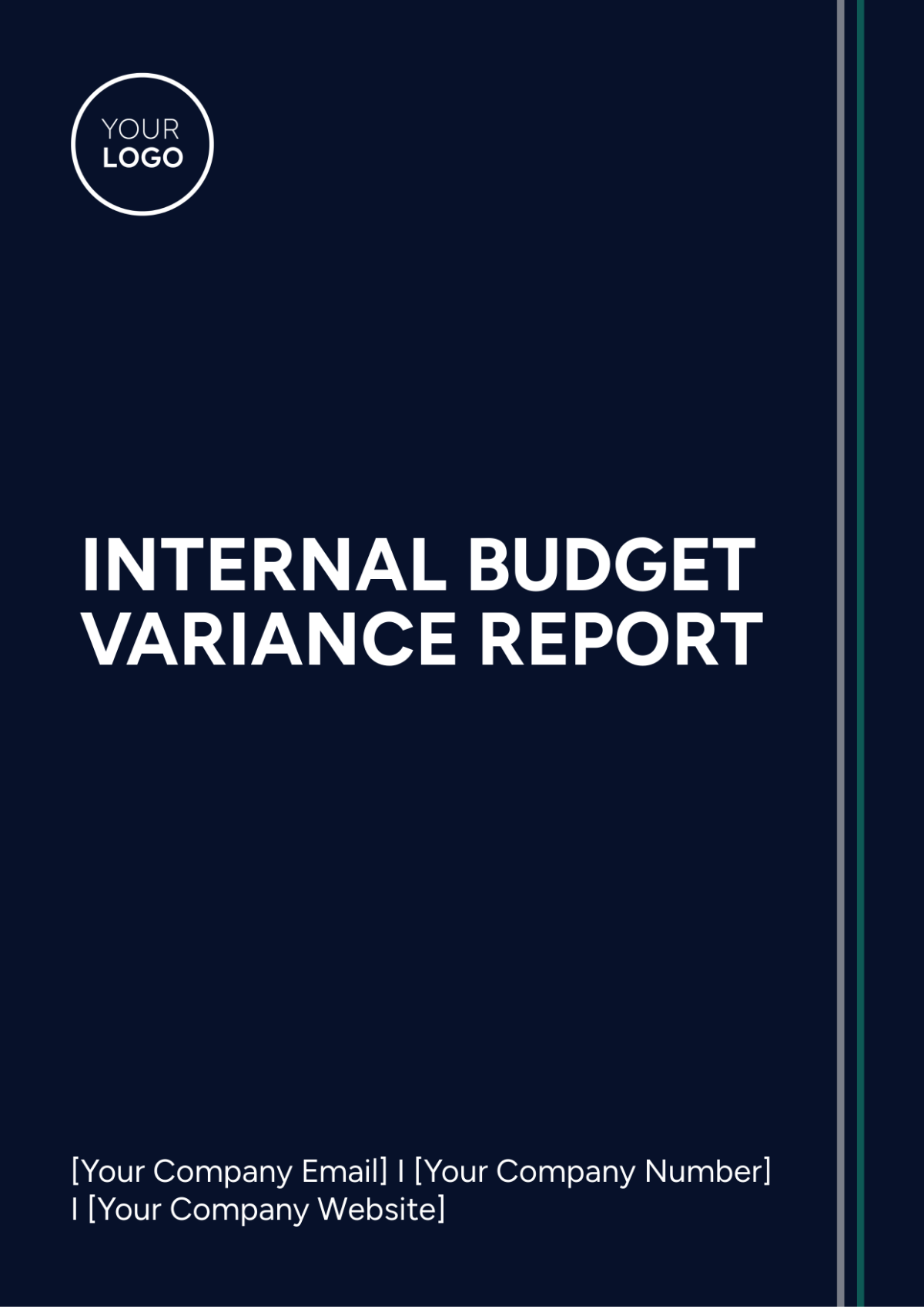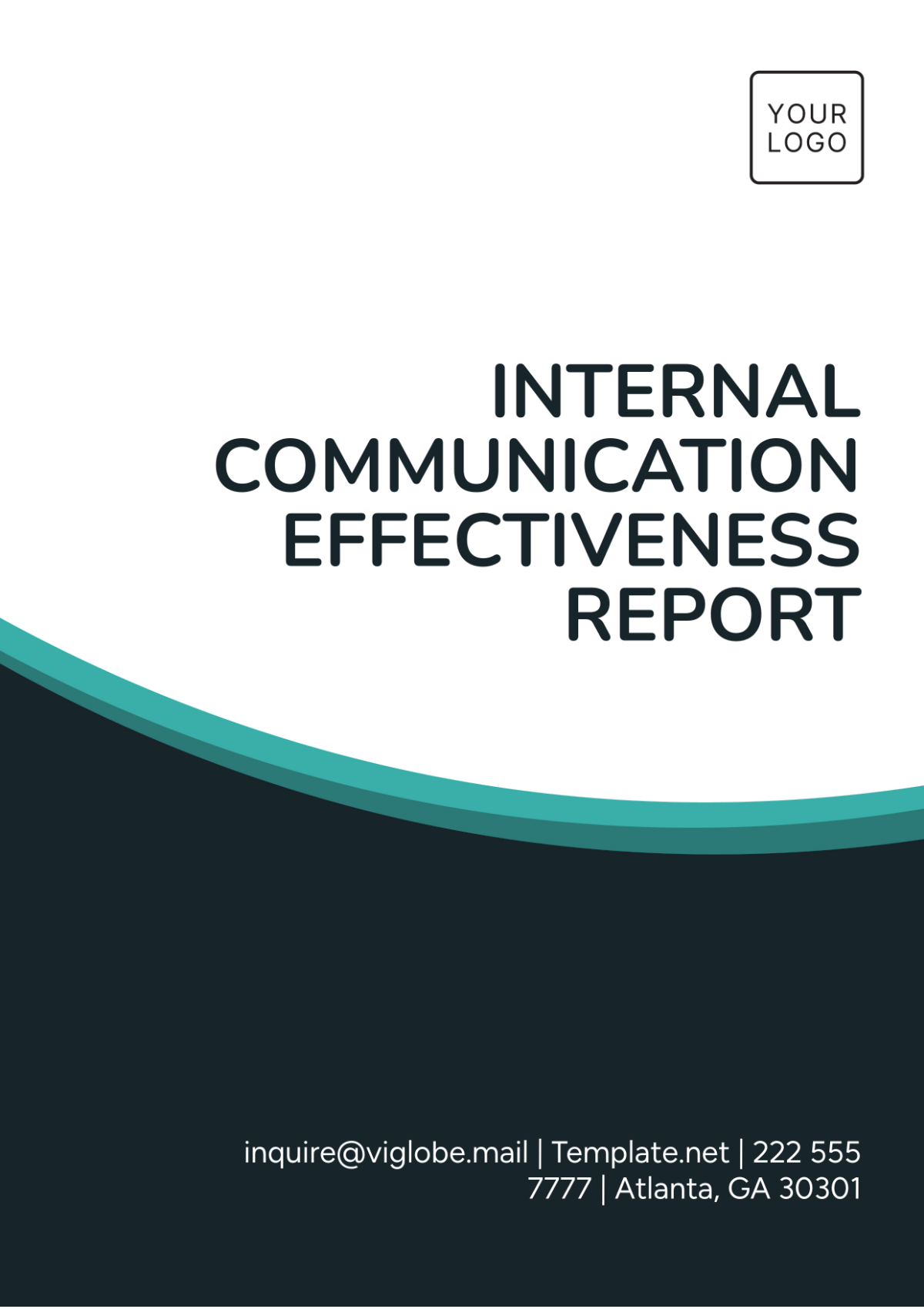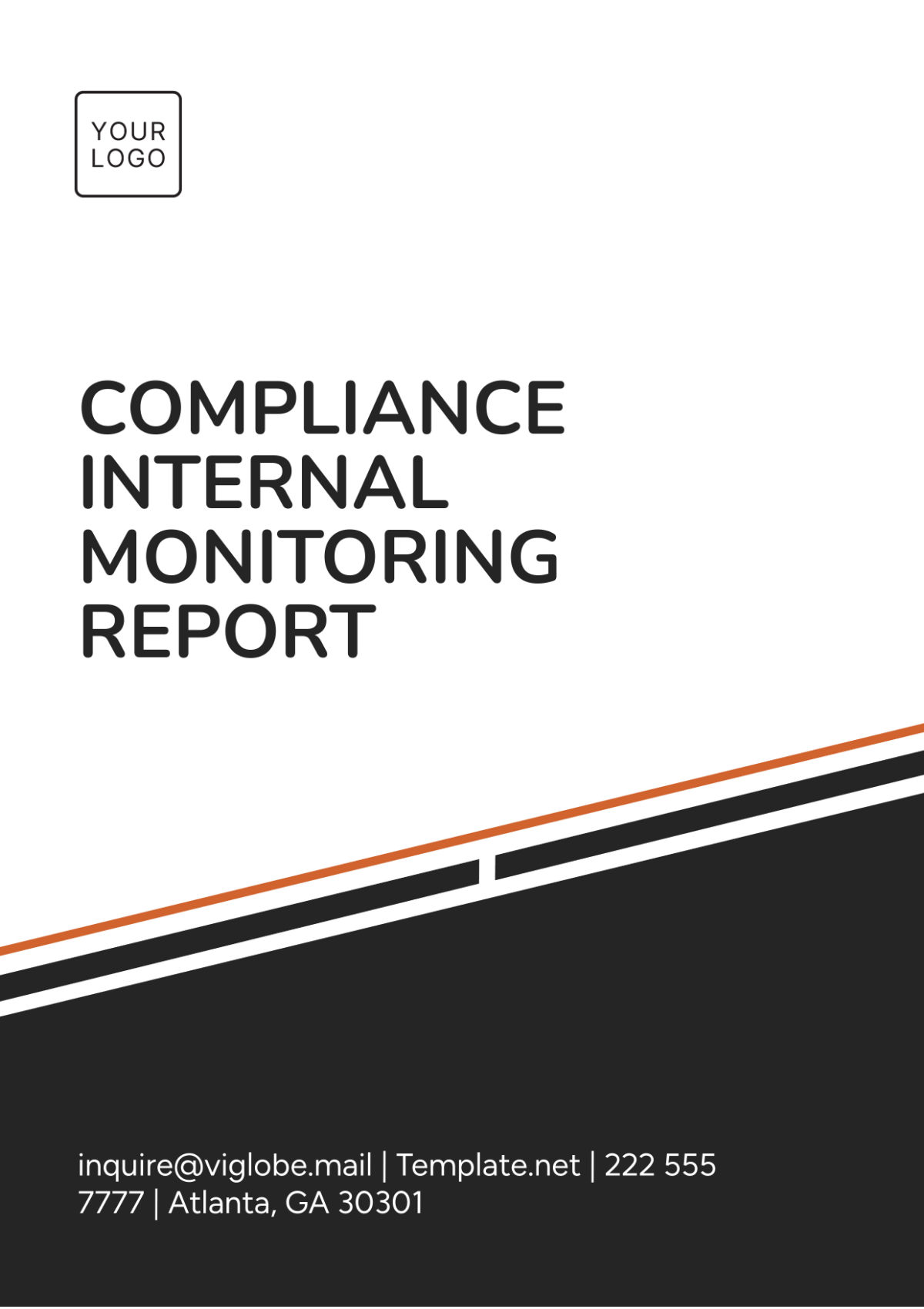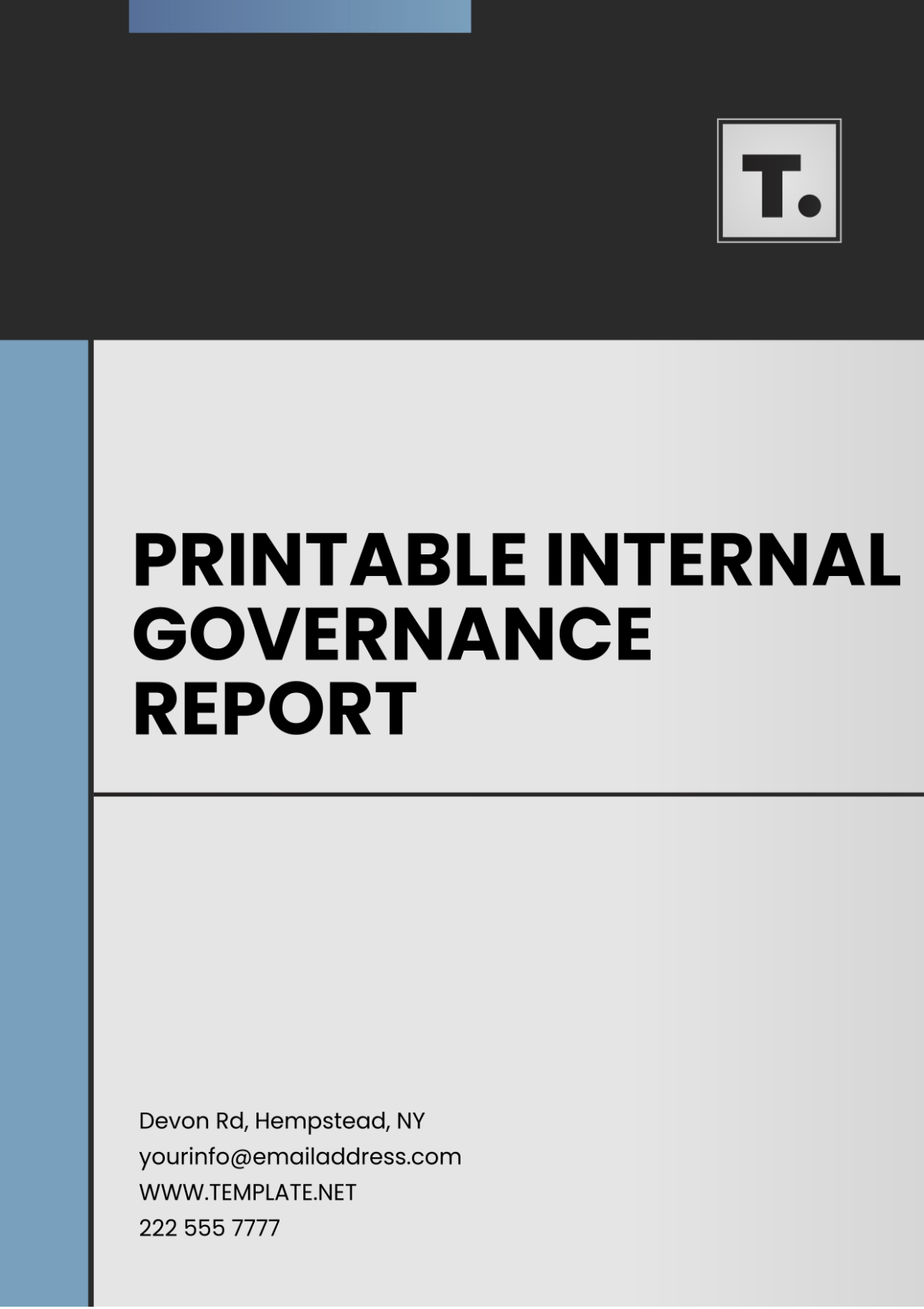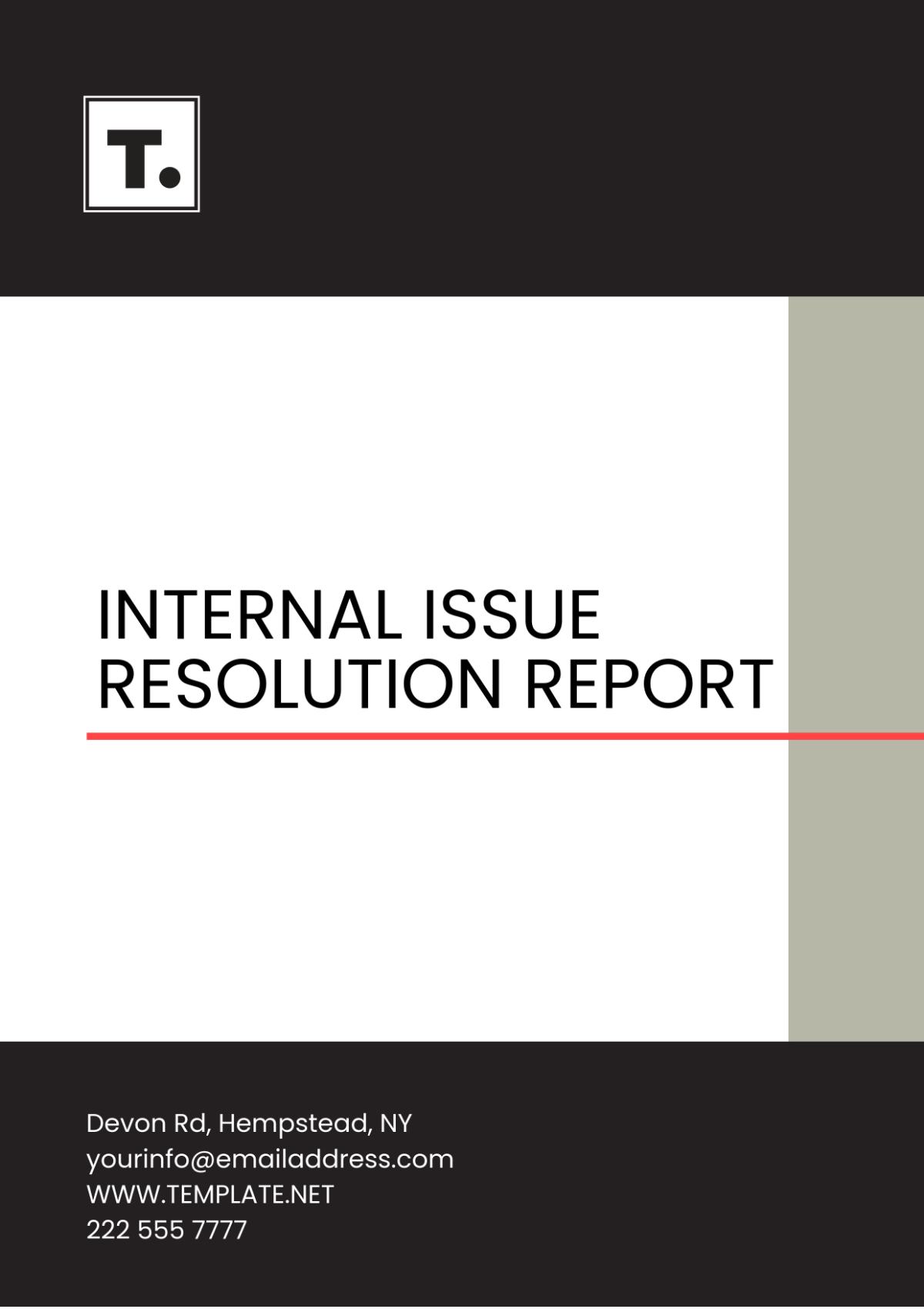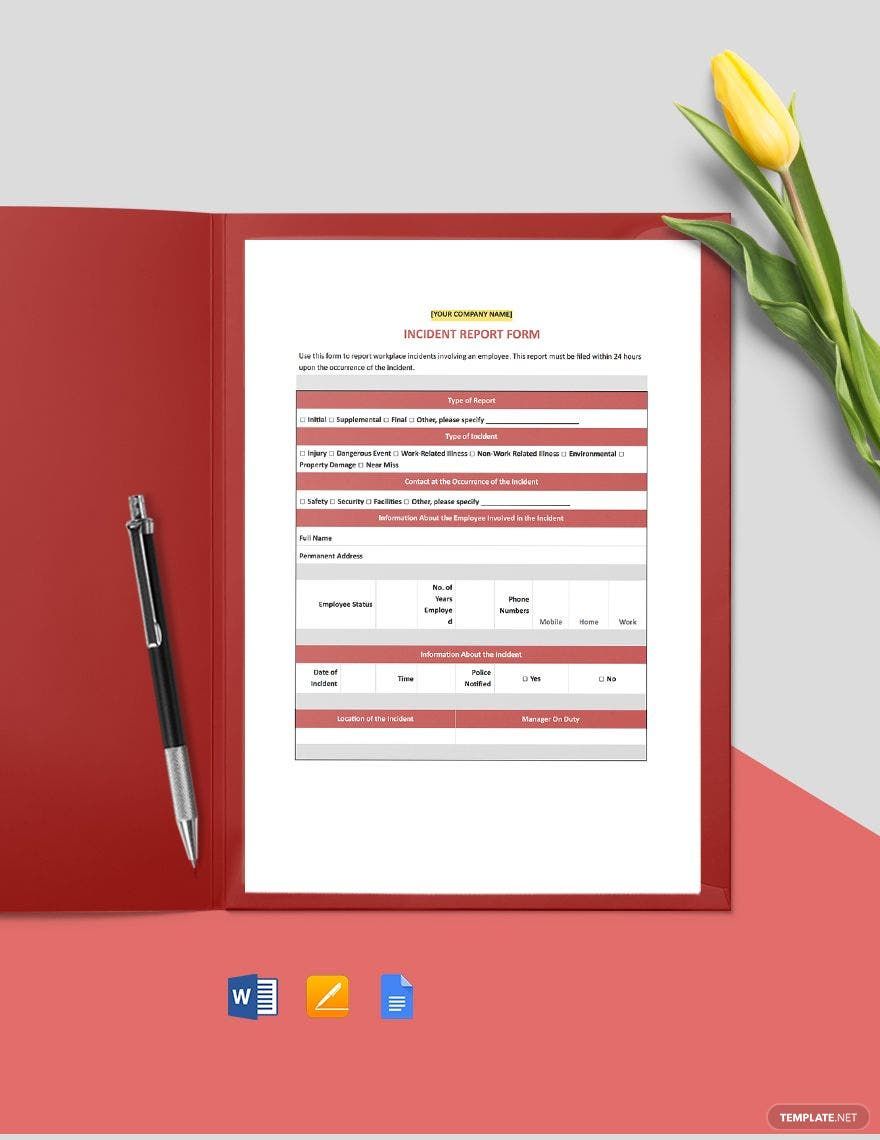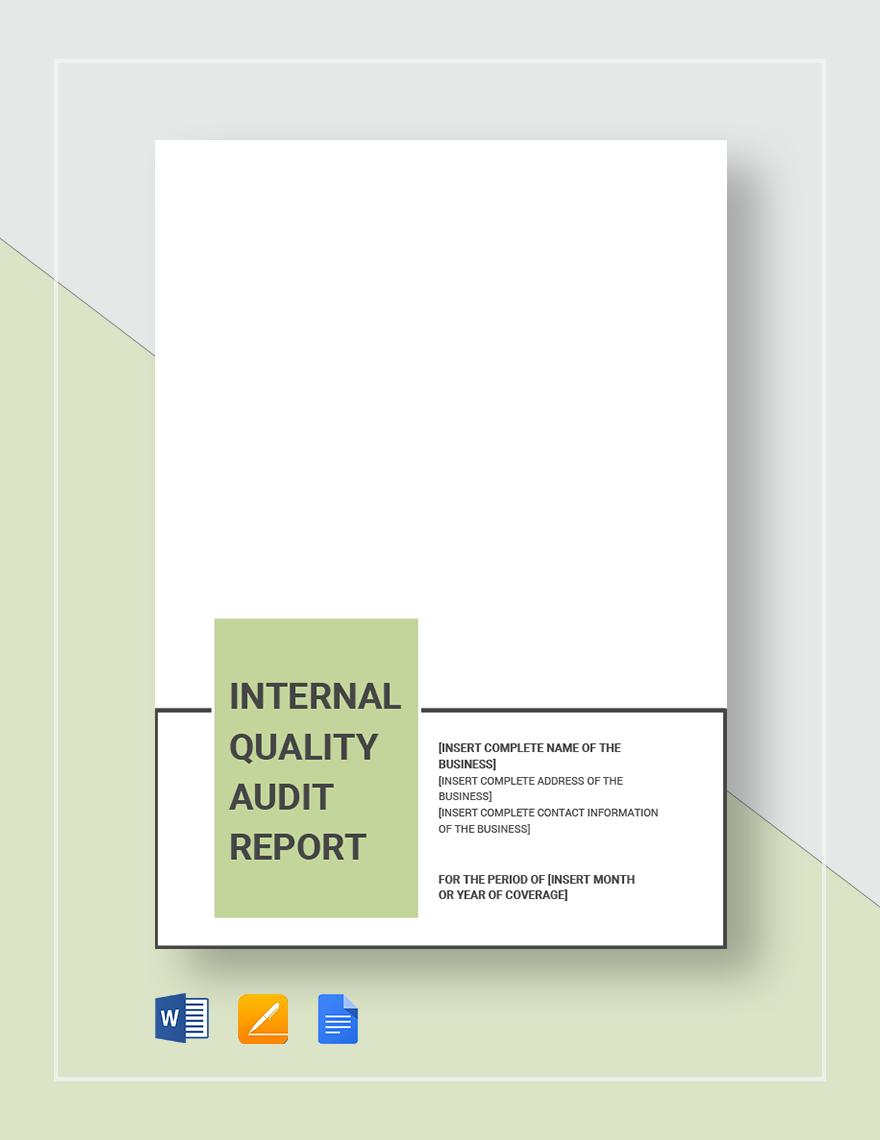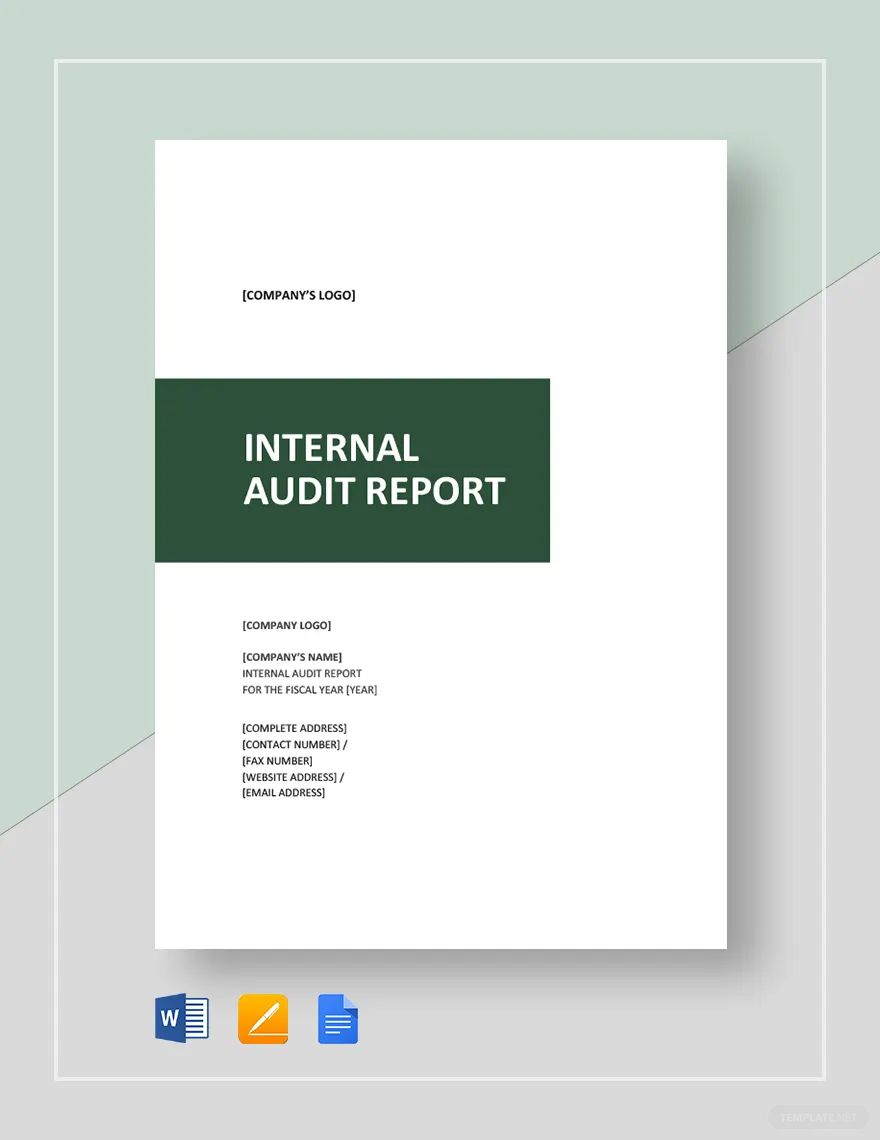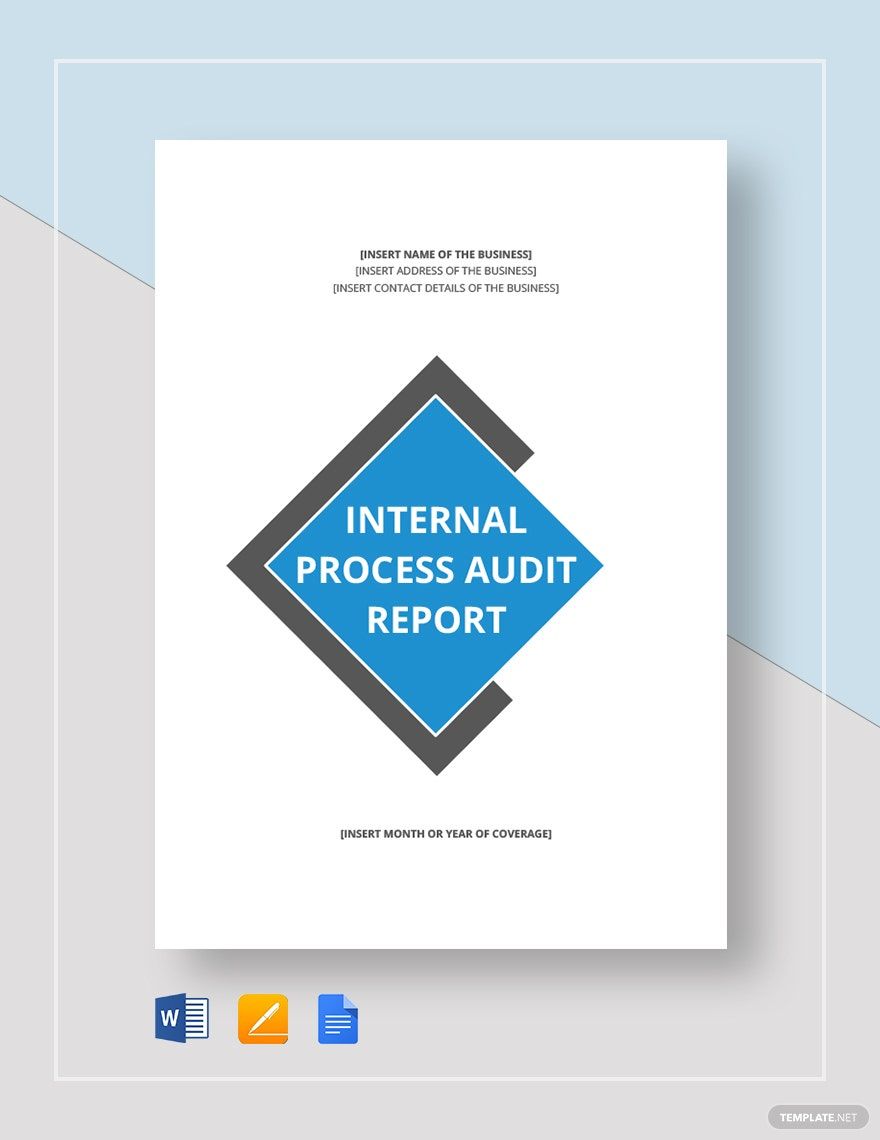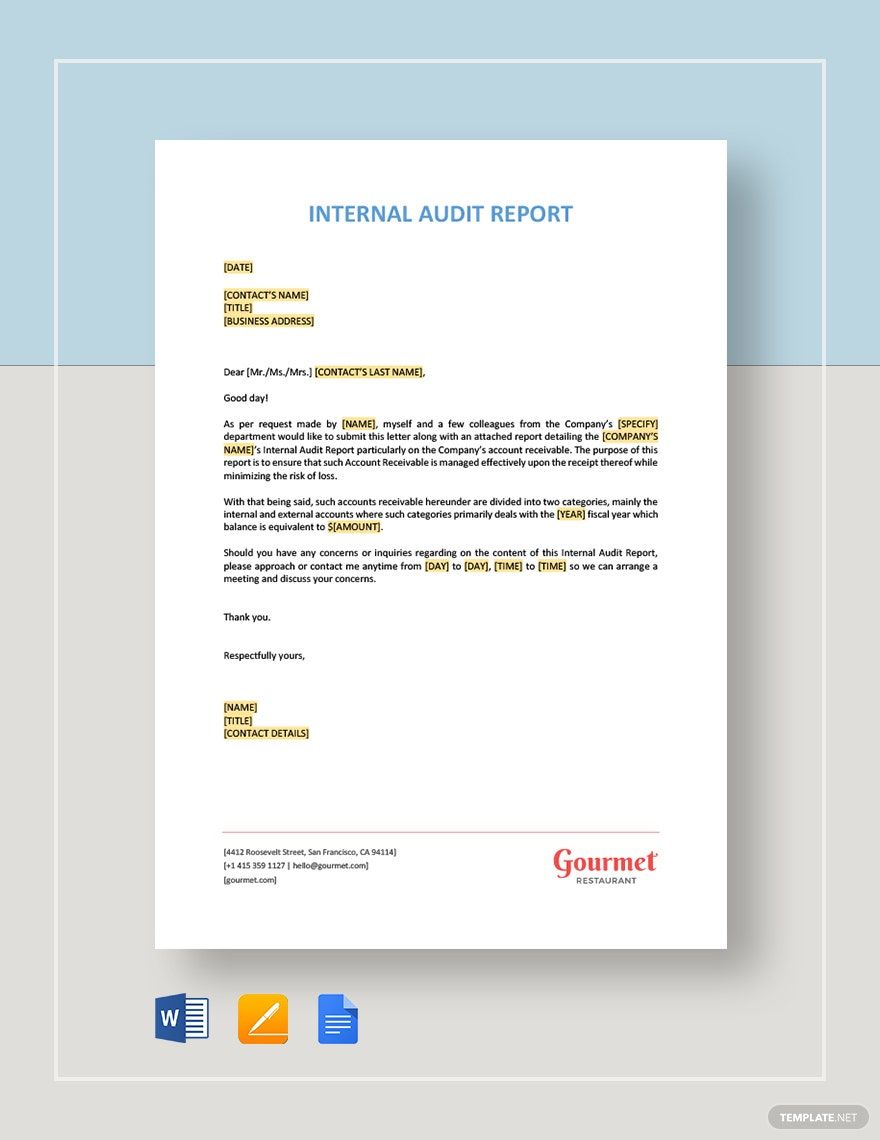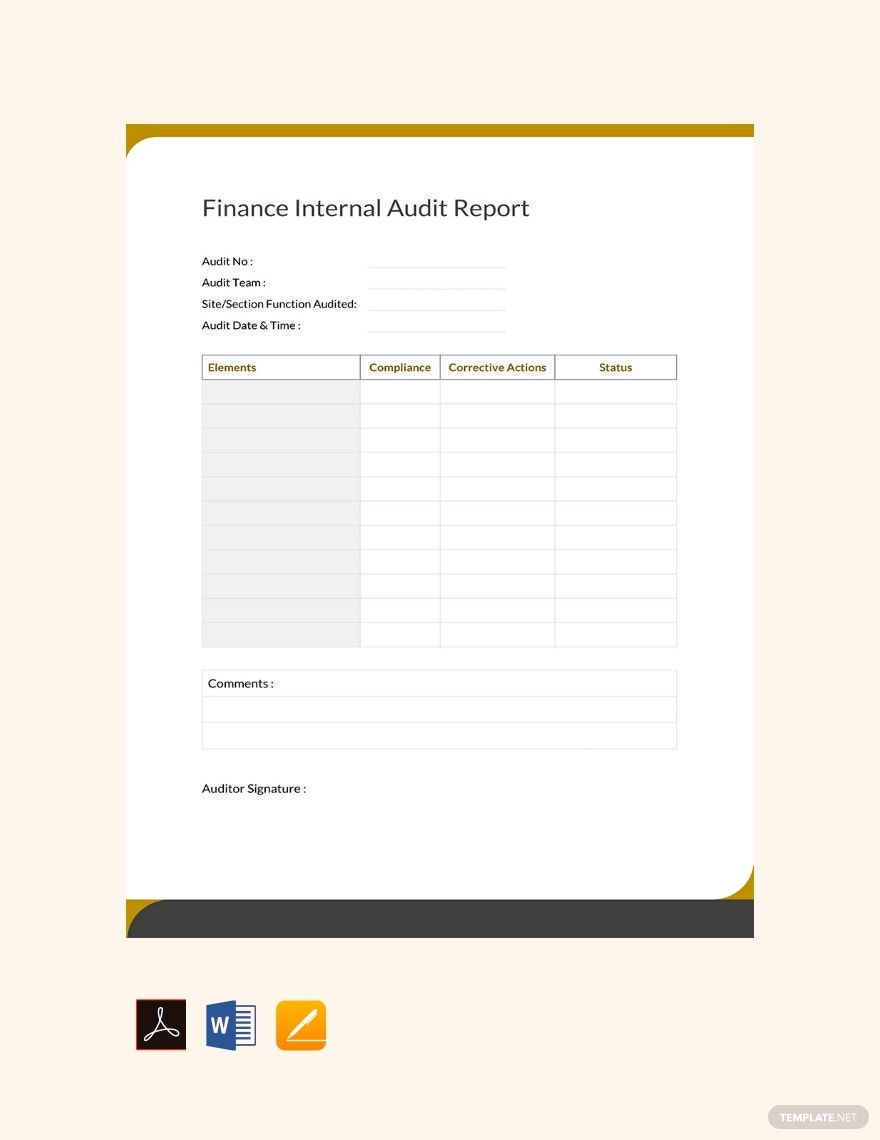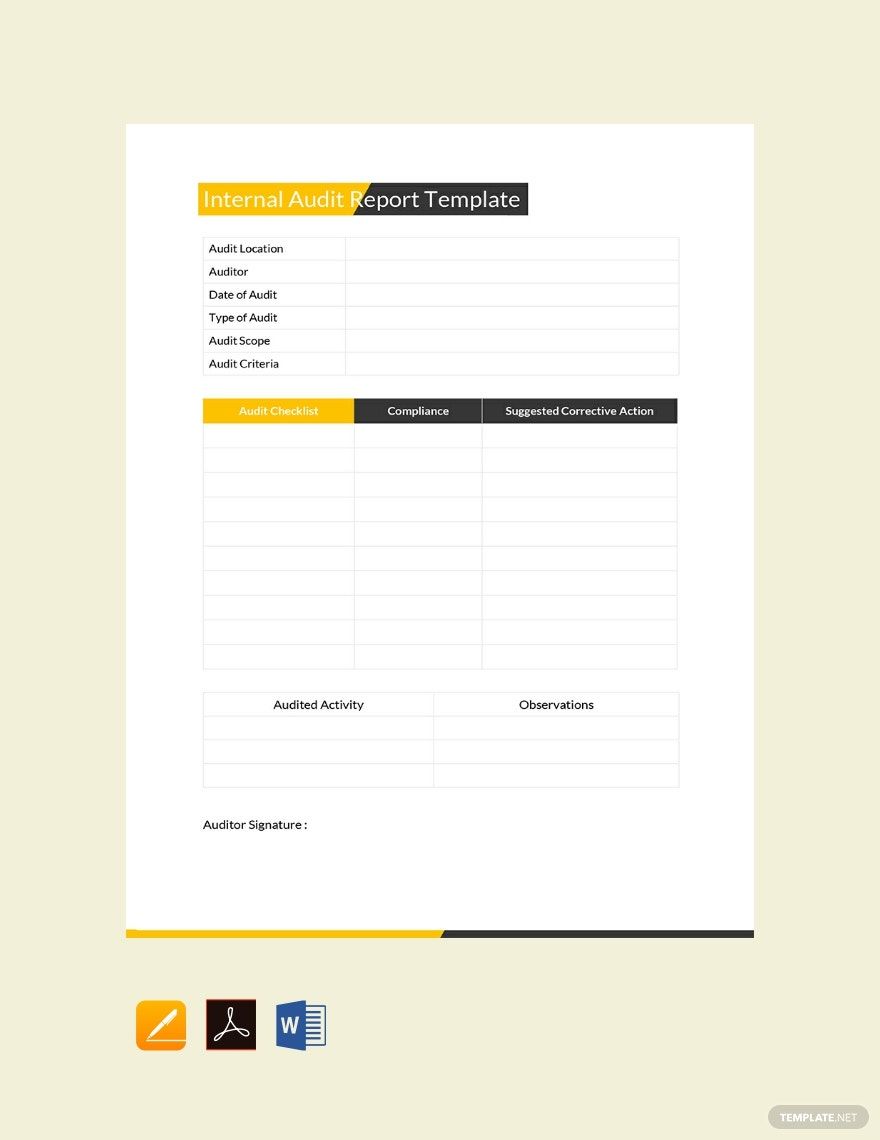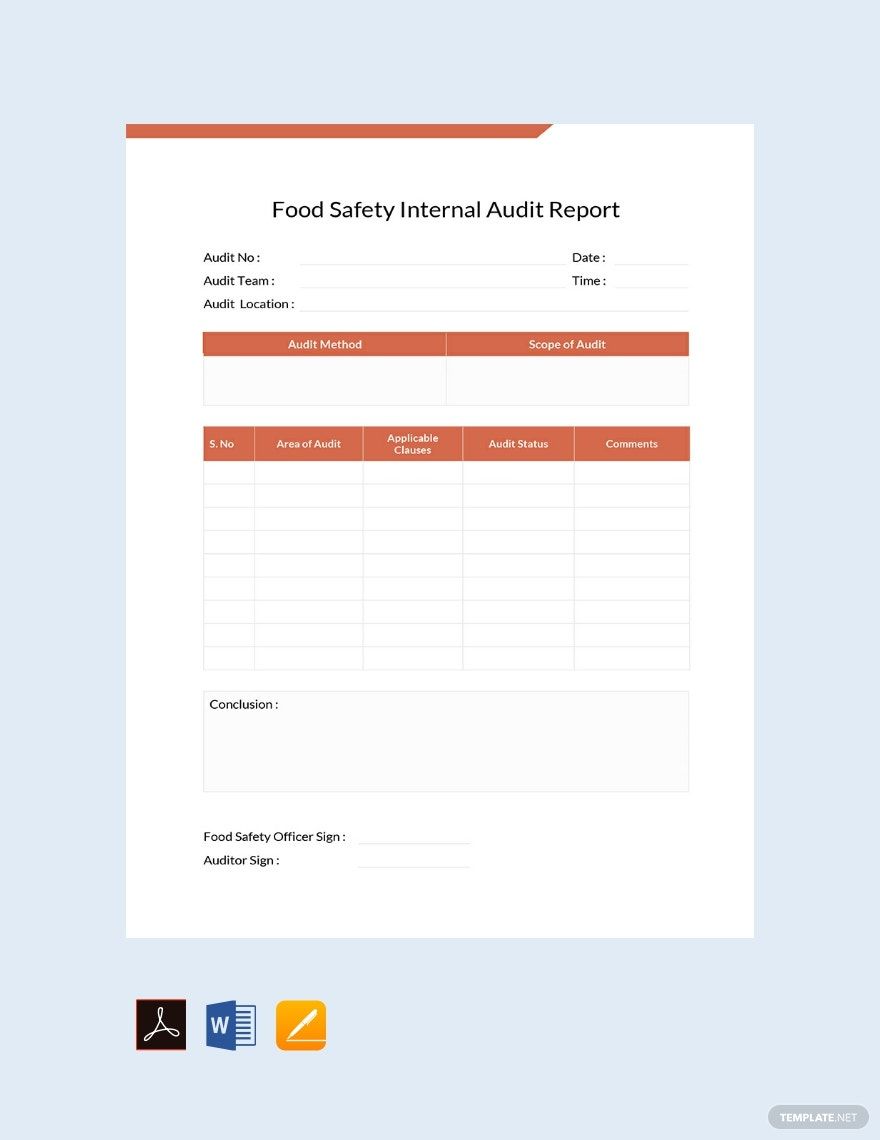Make Your Reporting Process More Efficient with Internal Report Templates from Template.net
Streamline your business communication and enhance productivity with Internal Report Templates by Template.net. Designed for professionals across diverse industries, these templates help keep your reporting structured, precise, and visually engaging. Whether you're preparing for a quarterly business review or summarizing a project update, our templates provide the perfect framework to deliver your insights effectively. Include key data such as time, date, and project milestones effortlessly. With zero design skills required, you can take advantage of professional-grade layouts and formats that are ideal for both digital and print distributions, ensuring your reports look polished and informative.
Discover the many Internal Report Templates we have meticulously crafted to cater to your reporting needs. Start by selecting a template that fits your style and purpose, and easily swap in your data and assets. Customize colors and fonts to align with your brand’s identity and make an impressive impact. Add advanced features like drag-and-drop icons, graphics, and even incorporate animated effects and AI-powered text suggestions to elevate your reporting experience. The possibilities for personalization are endless, and it's all skill-free, making it a fun and straightforward process. With regularly updated templates, you can always stay ahead with fresh designs. When you're finished, simply download or share your reports via email, export them to PDFs, or print them out for physical distribution.




